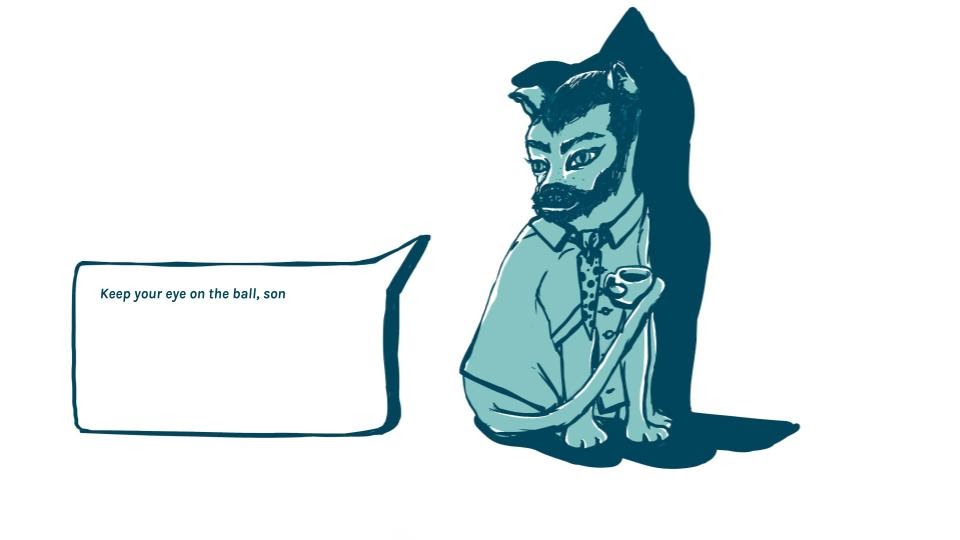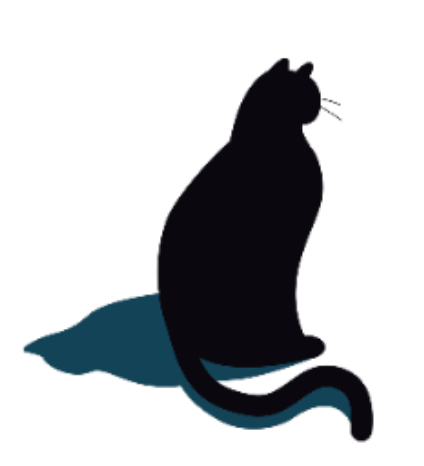Email marketing can be a powerful tool to connect with clients and prospects. It can be a relationship builder, a sales driver, a business promoter, a conversion generator.
The keyword here is can.
That’s because everything depends on the quality of the newsletter. Done right, you can achieve all of the goals mentioned above—and then some. Done wrong, your newsletter will go straight to the trash. Done really wrong and you’ll be reported as spam; your chance forever lost.
So, how do you turn a possibility into a certainty? How do you create a killer newsletter?
Let’s review.
Copywriting for a Newsletter – Get The Most Out of Every Email
An email newsletter is one of the best ways you can keep your audience informed of all the latest going ons at your business. Whether promotionals for new products, weekly reviews, or quarterly briefs, each has the potential to provide value to both current and potential customers.
Although a newsletter can take different forms or fulfill discrepant functions, there are some universal truths worth keeping in mind.
Such as?
Consider Your Audience – Keep Your Eye on the Ball
This should go without saying, but we’re going to say it again, “write to your audience.” It’s writing 101. And yet even an expert copywriter can forget it!
As batting coaches say, “Keep your eye on the ball.” In this case, the ball is your target audience.
So, write to them.
To do that, you have to discover who they are. Ask yourself questions like:
- What is their age and sex?
- Where are they located?
- What makes them tick?
- What topics are they interested in?
- What products do they buy?
- What type of messaging do they respond to?
- What do they want?
Create detailed buyer personas if you haven’t already done so. Once fleshed out, keep them within view so you can tailor your company newsletter to them.
In the world of fly fishing, there are different lures for different fish, bugs, and times of the day. If you use the wrong bait or lure, you probably won’t get a bite. The same goes here. If the messaging isn’t tailored to your target demographic, your efforts will inevitably fall flat.

Know Your Goal — A Lesson From J.R.R. Tolkien
In the book The Lord of the Rings, Frodo is left the Great Ring by Bilbo. But he doesn’t understand its significance. So, it sits in his house for the next three decades collecting dust (which the movie breezes over).
So, why does that matter?
Frodo had the object that the entire story revolved about in his possession all along, but he didn’t know what he was supposed to do with it. He was aimless. And he stayed that way until Gandalf returned to tell him about its significance and sent him on his way.
There was no forward momentum in the narrative until Frodo was given a clear goal.
Do you know your goal for your newsletter? Can you answer what you’re trying to accomplish?
If you’re having trouble thinking of one, some common goals of a newsletter article might include:
- Driving sales
- Informing your audience about what the company is doing
- Promoting a new service or product
- Building your social media presence
- Directing the reader to a landing page
- Getting the reader to download a white paper or eBook
Until you can clearly state the purpose for the newsletter, wait. Diving in blindly would be a waste of your time, and your readers’, because the content won’t be nearly as compelling.
So, whatever your goal is, build the email copy out with that target in mind. This will help you structure it in a logical way that drives the reader towards your intended outcome.
Note: The examples above are just a few of the possible goals you might have in mind; however, limit your newsletter to a single motivating factor so as to avoid confusing the reader. Stay focused! Keep your eyes on the prize. If you cram too much on the page, it’ll only stymie your efforts.
Subject Lines Matter
Subject lines matter, too! Don’t give them a short shrift.
One of the most frequent mistakes people make during newsletter copywriting is this—they devote so much time and energy into crafting the perfect newsletter but then ruin everything with a boring-ass subject line. According to OptinMonster, “47% of email recipients open an email based on the subject line alone? At the same time, 69% of email recipients report email as spam based solely on the subject line.”
Put simply, the actual newsletter content doesn’t mean diddly if no one’s intrigued enough to open up the damned thing.
Don’t let your efforts go for naught. Instead, pay just as much attention to the subject line (if not more) as you do to the newsletter content itself.
So, what does a great subject line look like? Ideally, it should inspire an emotion such as:
- Fear of missing out – “Two hours left until your chance to save on ______ is gone.”
- Funny – “Pairs nicely with spreadsheets” - Warby Parker’s Glasses.
- Vanity – “Your butt will never look better.”
- Curiosity – “Is this the next big thing?”
- Personal – “Hey, ______, got a minute?
Whatever you land on, it’s vital that your subject line is original and grabs the reader’s attention.
Don’t Forget the Email Preheader Text!
The subject line isn’t the only thing that entices the reader to open an email. The preheader text can lead to conversions as well.
What’s that?
It's the text you see in your inbox that previews what's in the email. Often it’s the first line of the newsletter or a small piece of copy at the very top of the page.
Most email clients allow a preview text between 40-130 charters, which gives you plenty of space to be creative and stoke the reader’s interest.
When you do set out to write a captivating email preheader, remember the following best practices:
- Never repeat the subject line
- Try and make the subject line and preheader flow together
- Add a call to action
- Keep it short and to the point
- Promise a benefit
- Build curiosity
For the Body, Use a Variation of the PAS Formula
In copywriting for newsletter emails, there’s a well-known writing and sales formula that’s been tried, tested, and is still just as effective today as it was decades ago.
What is it?
PAS. Problem. Agitate. Solve.
- Problem – What is the problem your audience is dealing with? What are their pain points? The more quickly you can identify and then address these issues, the better.
- Agitation – You’ve highlighted the reader’s problem, now's the time to dig the knife in (gently, of course). This is where you highlight the various inconvenient reasons why the problem is, in fact, a problem. What negative impacts does it cause in their life?
- Solution – Now that you’ve poured salt in the wound, you have to provide a solution to make the pain go away. That’s where your product or service can swoop in to save the day.
From there, you can keep repeating the formula until you reach the…
End With a Call To Action — Spike It
Volleyball has a simple formula—bump, set, spike. In this case, Your subject line and preheader are the bump. The body of the paragraph, the set. Now it’s your chance to put it away.
If you’ve built your newsletter properly, you’ve already engaged your reader and gotten them riled up and motivated—all that’s left is to channel that energy towards your end goal.
This is where the call to action (CTA) comes into play.
Like with the case of Frodo, simply giving reader’s information isn’t enough. You have to tell them what to do with it and give them a reason to do so. A CTA is your opportunity to persuade the reader to take a specific action.
Note: To make your CTA more effective, don’t simply say it, incentivize them. Provide them with value. For instance, if your goal is to get more people to sign up for the newsletter, consider sweetening the deal by offering a percentage off their next order or a free test product.
Need Help With Your Content Writing?
Newsletters play a crucial role in your email marketing strategy. But creating a newsletter that converts is easier said than done, even with the tips mentioned above. It takes time and skill.
So what do you do if you lack one or both of those things? Who do you turn to if your newsletters are still falling flat?
This is where the professionals at Copycat Copywriters can help. Whether you need someone to handle your newsletter, or an in-house writing team for all of your content marketing needs, we’re here to assist and provide our copywriting services.
The Copycat team knows exactly how to look at your business, identify your target audience’s problem, and then put it into words. We’ve helped dozens of businesses amplify their content writing efforts, and we can help you too.
Have we piqued your curiosity?
What would you say to a free piece of content?
Reach out today for the newsletter you’ve been dreaming of.
Sources:
OptIn Monster. 164 Best Email Subject Lines to Boost Your Email Open Rates (2020). https://optinmonster.com/101-email-subject-lines-your-subscribers-cant-resist/
Warby Parker. Pairs nicely with spreadsheets. https://milled.com/WarbyParker/pairs-nicely-with-spreadsheets-VVP4exqcm9FyZyty

